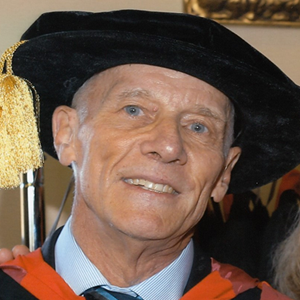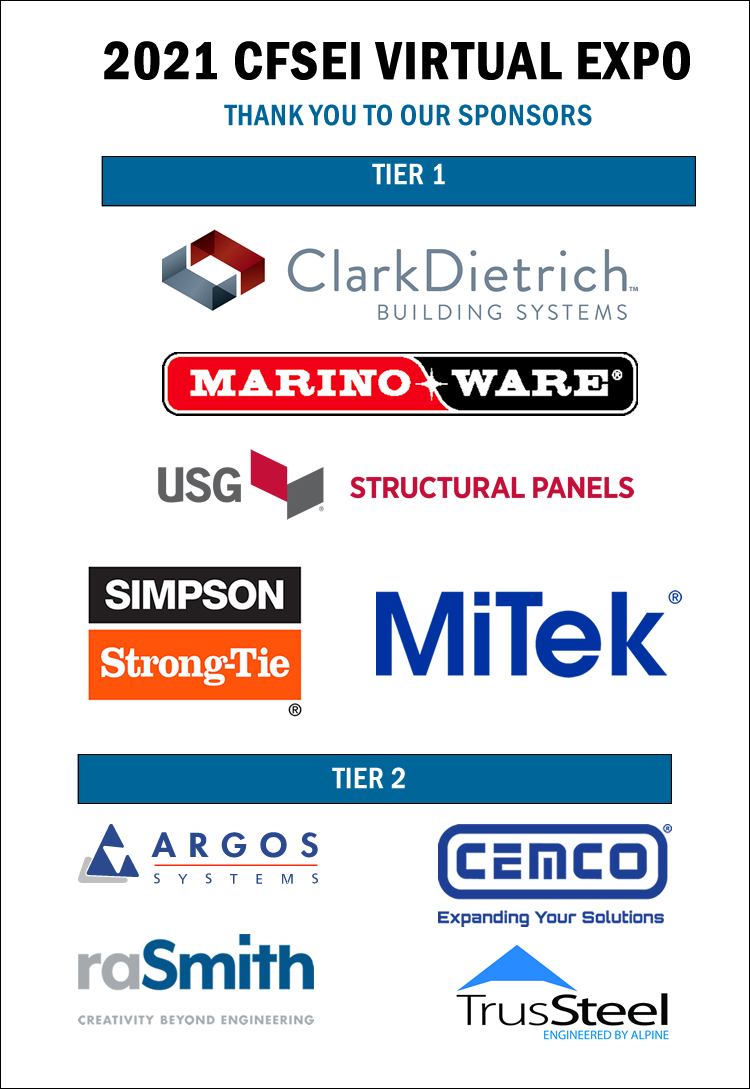
KEYNOTE SPEAKERREWRITING THE AISI SHEAR PROVISIONS: WHY, HOW, AND WHAT’S NEXTCONTINUING EDUCATION: 1 PDH OUTLINE The shear design provisions in AISI S100-16Section G are based on historical research performed mainly at the University of Missouri-Rolla. Recently, considerable research on shear design and shear with holes has been performed mainly at the University of Sydney, although there has been substantial research worldwide. This research uses the methodology of the Direct Strength Method (DSM) of design now incorporated throughout AISI S100. Further, for sections with holes, the current design method in Section G3 is mainly empirical with the design curves fitted to test data. A new design method based on a Vierendeel model has been developed and allows a wide range of sections with circular, square, rectangular and slotted holes to be designed, including for larger hole sizes. Accordingly, Sections G2: “Shear Strength of Webs Without Holes” and G3: “Shear Strength for Members with Holes” are undergoing substantial revision and improvement to align with this research. An AISI Specification Committee ballot has already approved the new G2 rules, and the new G3 rules are currently under ballot. The new design rules allow for post-buckling in shear, and result in significantly increased design strengths. Research for Section G4: “Transverse Stiffeners” is also complete and will be used to revise Section G4 to align with the AISC 360 Specification, which itself has had substantial recent revision. Design examples will be included in the presentation for practicing engineers. ABOUT THE PRESENTERGregory J. Hancock, PhD, DEng.
|

 Dr. Gregory Hancock is an Emeritus Professor and Professorial Research Fellow at the University of Sydney in the field of Structural Engineering, specifically steel structures. He was Bluescope Steel (formerly BHP Steel) Professor of Steel Structures at the University of Sydney from 1990 - 2009 and Dean of the Faculty of Engineering and IT at the University of Sydney from 2003 - 2009. He is currently Chair of the Australian Standards Committees on Steel Structures (BD/1), Cold-Formed Steel Structures (BD/82), Steel Materials (BD/23) and Coated Steels (MT/1). He has been a voting member of the American Iron and Steel Institute (AISI) Committee on Specifications since 1994. He is a Member of the Order of Australia (AM) for his work on Australian and international standards. He is a Fellow of the Australian Academy of Technological Sciences and Engineering (FTSE) and a member of the Journal of Constructional Steel Research Editorial Board. He has supervised 25 PhD students in steel structures research and published over 300 papers in his career. Much of his research has been incorporated into design standards in Australia and the United States.
Dr. Gregory Hancock is an Emeritus Professor and Professorial Research Fellow at the University of Sydney in the field of Structural Engineering, specifically steel structures. He was Bluescope Steel (formerly BHP Steel) Professor of Steel Structures at the University of Sydney from 1990 - 2009 and Dean of the Faculty of Engineering and IT at the University of Sydney from 2003 - 2009. He is currently Chair of the Australian Standards Committees on Steel Structures (BD/1), Cold-Formed Steel Structures (BD/82), Steel Materials (BD/23) and Coated Steels (MT/1). He has been a voting member of the American Iron and Steel Institute (AISI) Committee on Specifications since 1994. He is a Member of the Order of Australia (AM) for his work on Australian and international standards. He is a Fellow of the Australian Academy of Technological Sciences and Engineering (FTSE) and a member of the Journal of Constructional Steel Research Editorial Board. He has supervised 25 PhD students in steel structures research and published over 300 papers in his career. Much of his research has been incorporated into design standards in Australia and the United States.
